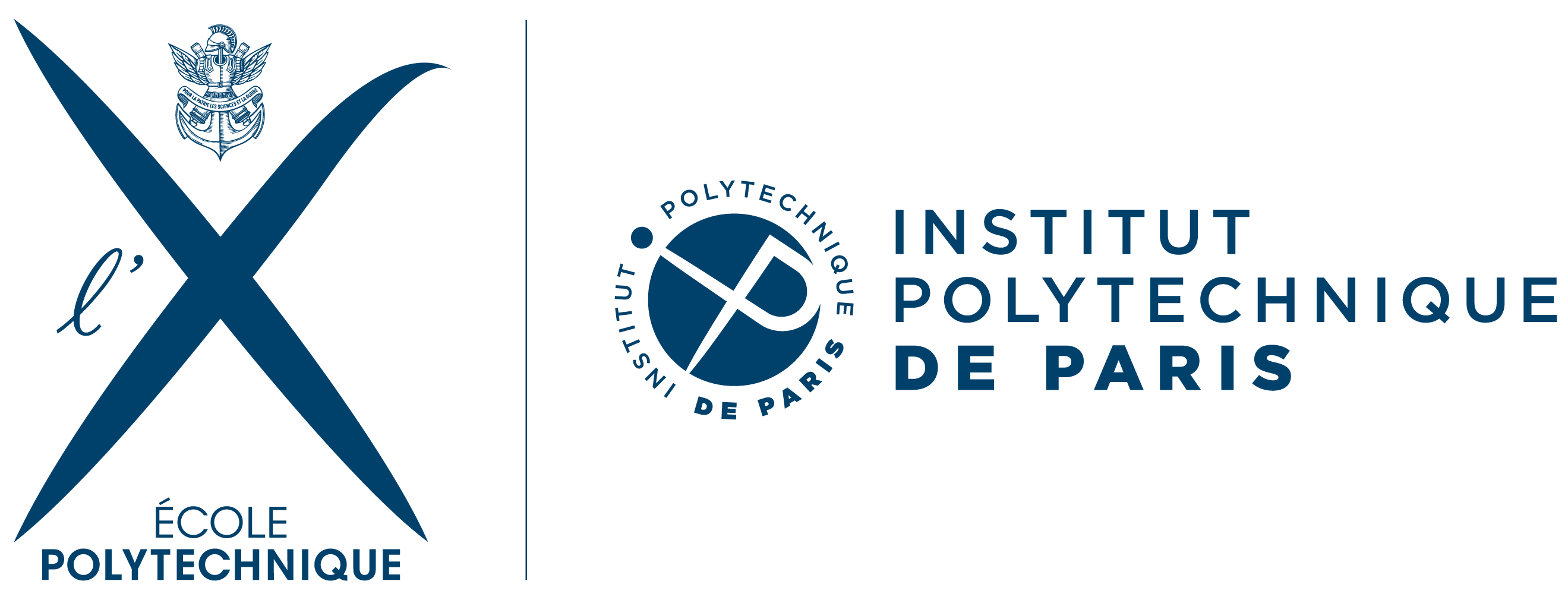 |
Brief summary of the NODE project |  |
Being a language of nature, differential equations are ubiquitous in science and technology. Thus, solving them is a fundamental computational task, with renewed challenges due to the widespread availability of HPC hardware. For applications, this task typically boils down to the numerical approximation of solutions. Most textbook algorithms focus on low order schemes, such as the popular Runge–Kutta schemes, and a fixed single or double precision.
In the early days, many heuristics were invented to solve differential equations symbolically by hand. With the advent of computer algebra, systematic algorithms have been developed to compute closed form solutions of differential equations, when possible. In theory, differential algebra even provides us with a complete elimination theory for non-linear equations. However, the complexity of these methods is often prohibitive.
The
Our second main objective is to develop and implement differential counterparts of polynomial system solvers that are based on homotopy continuation. Such solvers benefit from more compact data structures that avoid “intermediate expression swell”, a common evil in computer algebra. Therefore, they should be faster, both in theory and in practice. We will consider both numerical and algebraic homotopies.
This webpage is part of the